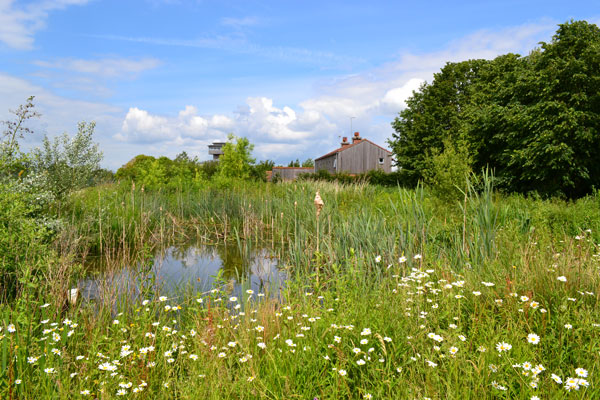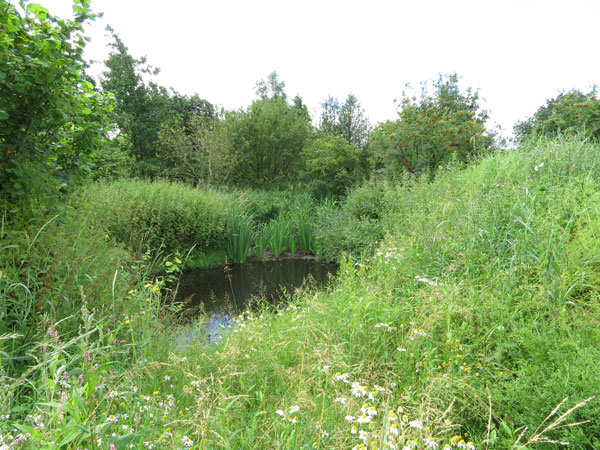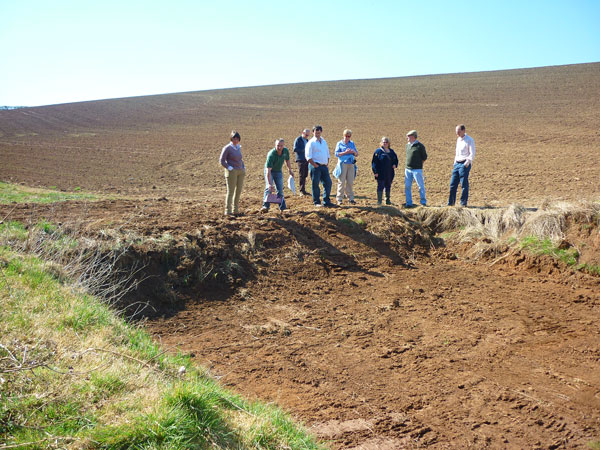
Farmers in England can benefit from a new guide to help them stop soil and manure running off their land. It’s published today online by the Wildfowl & Wetlands Trust (WWT), supported by Natural England’s Catchment Sensitive Farming (CSF) project.
Many farmers already have measures in place to protect waterbodies from run-off, so this guide focuses on practical solutions for the thousands of easily missed instances where ‘just a little bit of dirty water’ escapes through a gate or road and into a stream.
The soil and manure in that water are valuable assets for farms - assets which become lost as they flow away. The pollution they cause is a major reason why less than 25% of our waterbodies are now classified as healthy.
The new guide has great ideas on how to simply and cheaply construct effective vegetated ditches, sediment ponds or more complex constructed wetlands which can reduce these losses by trapping and treating pollutants. Brand new features in the guide include:

· An explanation of the types of constructed wetland that might qualify for funding under the new Countryside Stewardship Scheme, as well as other funding routes.
· An accompanying online tool that can estimate the space you will need to trap pollution from a given sized area of land, taking into account factors like soil type and building/field coverage.
· Addiitonal case studies of a wide range of practical examples from across the UK and Ireland.

· Advice on biodiversity benefits from constructed wetlands.
WWT’s Catherine McIlwraith said: “We’re farmers ourselves – we manage more than 3,000 hectares – so we know that trapping pollution takes time, money and space that is needed to keep a business profitable.
“This new guide helps farmers to do just that.It gives you great ideas for simple and low cost solutions that can make a big difference.”
The idea is to give farmers and farm advisors as much information and as many ideas as possible up front about design, permits and costs so they can make the best choices for specific land needs. They can then seek further specialist advice – including free advice from CSF in target areas and support from Countryside Stewardship.
The guide has useful case studies, including one in Somerset where sediment was regularly running off a steep hill, through a gate, into a stream and contributing to sediment build-up blocking drainage channels. The gate was relocated and an 8m x 8m (64sqm) sediment trap dug in permeable soil, so the water will still drain away but more slowly and without carrying the sediment. The total cost was £560 + vat. The Countryside Stewardship Scheme will pay £10/sqm for these types of works (so would have been £640 for a trap this size).
Constructed farm wetlands provide specific solutions for specific circumstances. They can also help to reduce flooding during heavy rainfall by releasing water at a steady pace, can become a welcome hotspot for birds, amphibians and insects and be a pleasant addition to the landscape.
